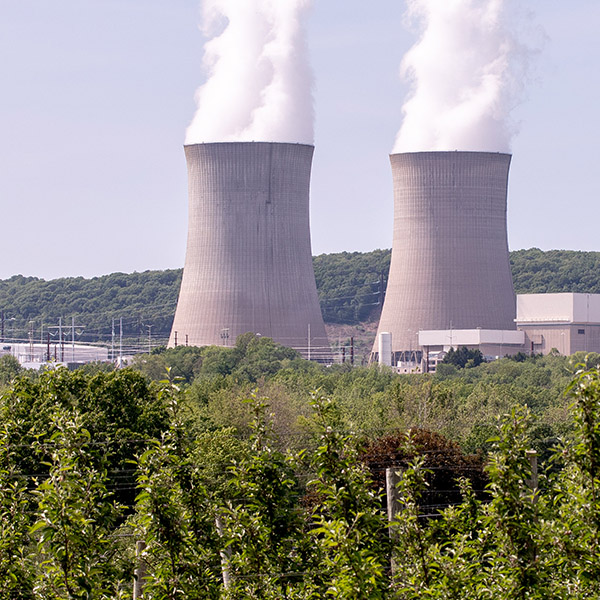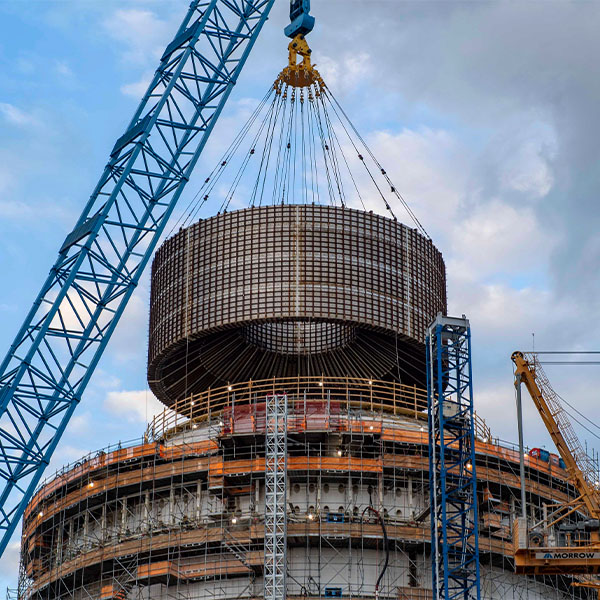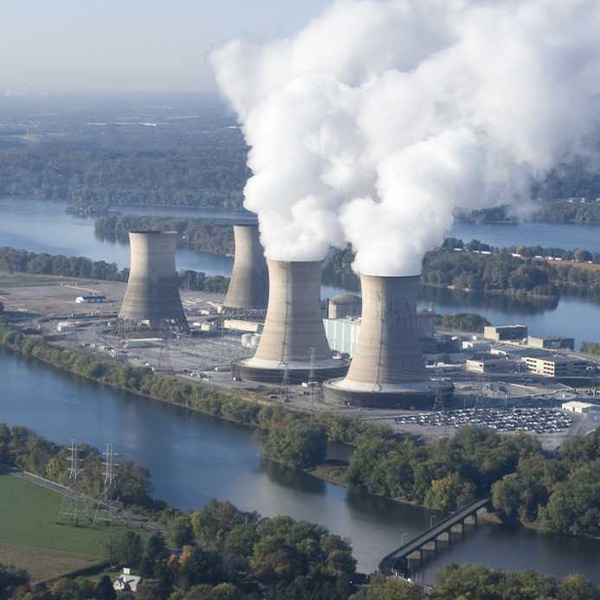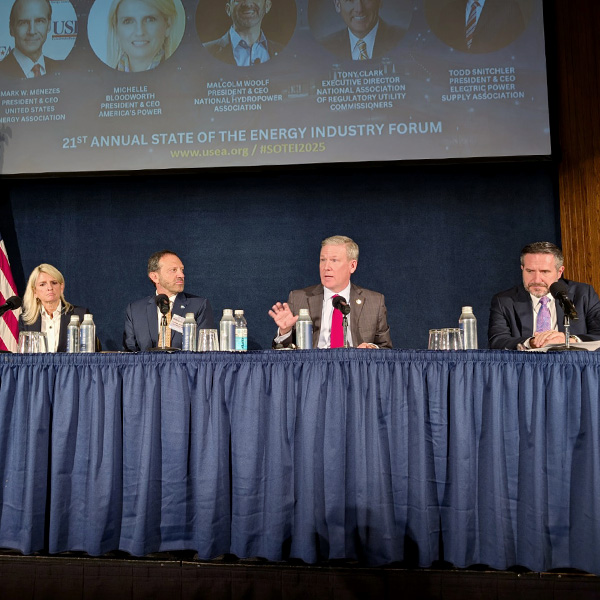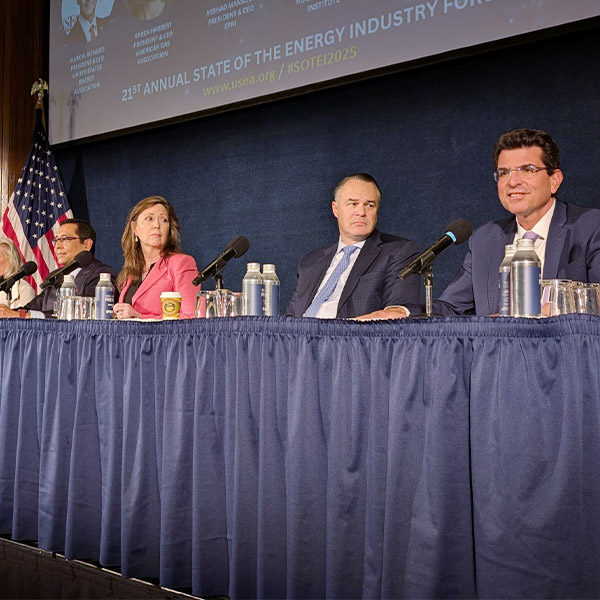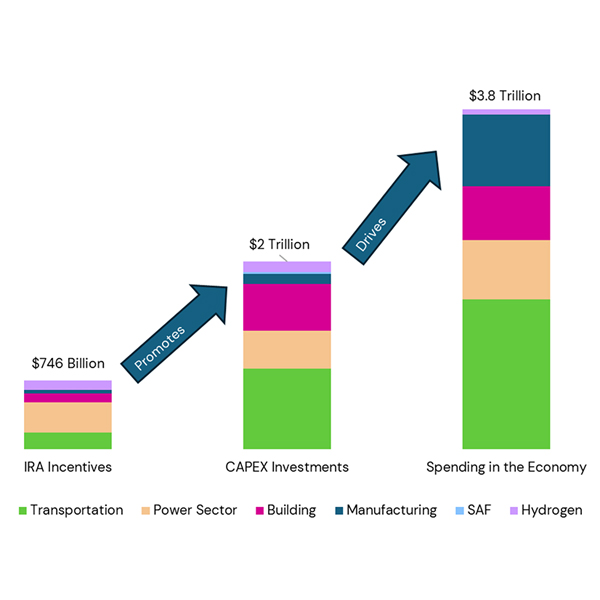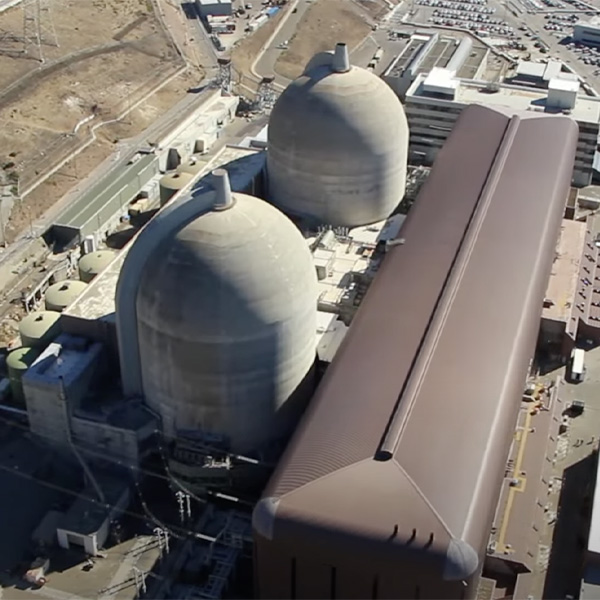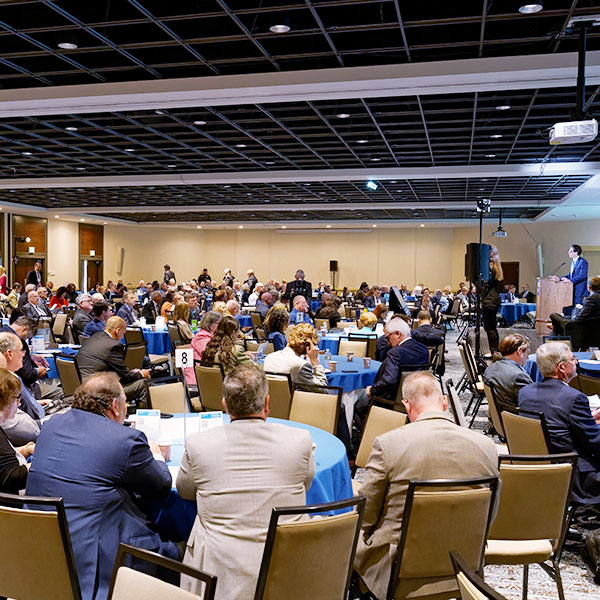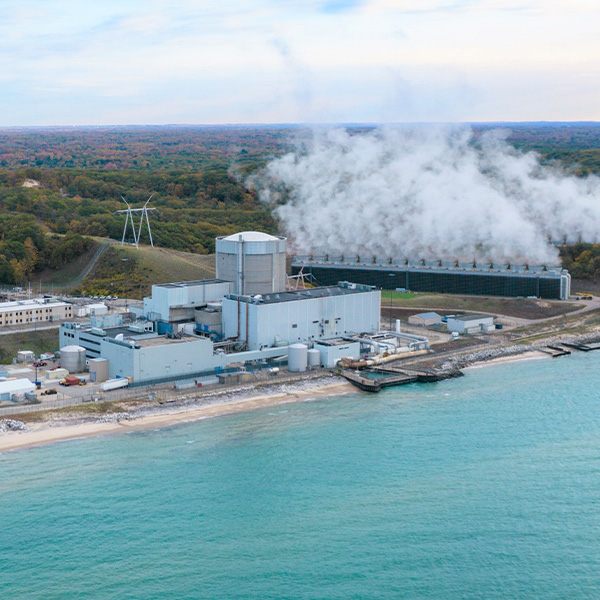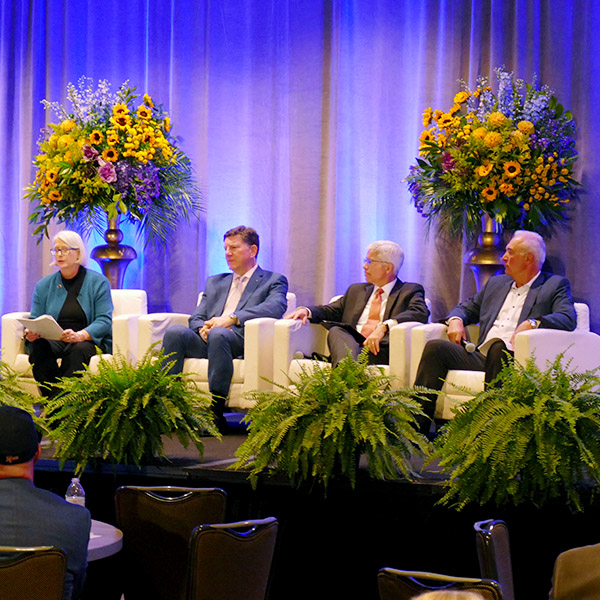Nuclear Energy Institute (NEI)
NERC’s Standards Committee unanimously agreed to reject a standard authorization request that would have exempted nuclear generators from the requirements of an event reporting reliability standard.
The Electric Policy Research Institute and Nuclear Energy Institute have issued an update to the Advanced Reactor Roadmap they launched in 2023.
As the Department of Energy explores using federal land for data centers powered by nuclear power, experts say public-private risk-sharing will be crucial to make nuclear a viable option.
Participants at the United States Energy Association’s 2025 State of the Energy Industry Forum discussed topics such as demand growth, nuclear fusion and energy efficiency.
The Energy Association's 21st Annual State of the Energy Industry Forum reflected the quickly shifting landscape of national energy policy and the resulting shift in industry priorities and narratives.
A new report on the Inflation Reduction Act finds that the IRA could boost the U.S. GDP by $1.9 trillion over the next decade.
The Biden administration wants to jumpstart a “nuclear deployment ecosystem” by getting 35 GW of new nuclear power online or under construction by 2035 and then build to a steady pace of deploying 15 GW per year in the U.S. and globally by 2040.
Advanced nuclear technology, with all promise and all its baggage, is one of the ways New York is considering meeting its clean energy goals.
Michigan’s 800-MW Palisades nuclear power plant could become the first nuclear plant in the U.S. to be restarted, helped by a $1.52 billion loan from DOE’s Loan Programs Office.
Utility executives told state regulators that natural gas and nuclear power will be part of the electric mix for decades as the industry decarbonizes.
Want more? Advanced Search
